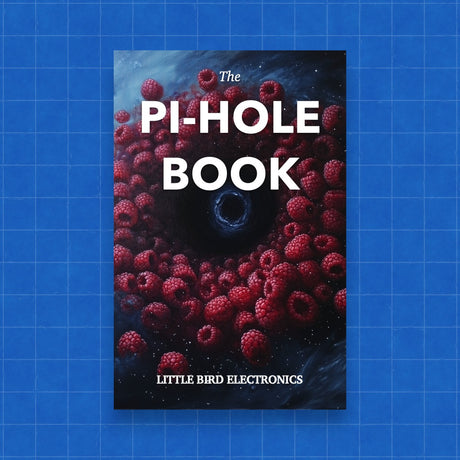Creating a media library transcoding cluster on Raspberry Pi is an exciting and cost-effective way to manage and stream media content. In this post, we'll compare four prominent projects: ClusterPlex, ClusterBrake, Multi-Plexer, and Plex/Emby Media Servers, and see how they can be set up using the Raspberry Pi 5 Cool Kit from Pi Australia.
1. ClusterPlex
Overview: ClusterPlex extends Plex Media Server to support distributed transcoding across multiple devices. It is designed to handle high-demand transcoding tasks by distributing the load among several Raspberry Pis.
Setup:
- Hardware: Raspberry Pi 5 Cool Kit, Docker, Kubernetes or Docker Swarm.
- Components: Plex Media Server, Transcoding Orchestrator, Transcoding Workers.
- Storage: Network shared storage (NFS, SMB, etc.) for media libraries and transcoding paths.
Features:
- Distributed transcoding reduces the load on a single device.
- Supports multiple transcoding jobs simultaneously.
- Flexible setup with Docker and container orchestration tools.
Use Case: Ideal for users with large media libraries who need to manage multiple transcoding tasks efficiently.
2. ClusterBrake
Overview: ClusterBrake uses HandBrake to automatically transcode video files in a cluster setup. It distributes encoding jobs across multiple Raspberry Pi devices.
Setup:
- Hardware: Raspberry Pi 5 Cool Kit, shared storage (NFS, GlusterFS).
- Software: HandBrake, templates for transcoder settings.
- Features: Automatic encoding from a watch folder, job distribution based on file size and time constraints.
Features:
- Automated transcoding using HandBrake.
- Job distribution to prevent overloading any single node.
- Constraints for encoding jobs based on time and file size.
Use Case: Suitable for users who automate their media libraries with tools like CouchPotato or SickRage and need a streamlined encoding process.
ClusterBrake GitHub Repository
3. Multi-Plexer
Overview: Multi-Plexer aims to create a low-power cluster capable of serving high-quality video streams. It leverages Nvidia Jetson devices alongside Raspberry Pi for hardware-accelerated transcoding.
Setup:
- Hardware: Raspberry Pi 5 Cool Kit, Nvidia Jetson devices, networking switch.
- Software: Custom FFmpeg builds with CUDA support, load balancer, Plex Media Server.
Features:
- Low power consumption with high-performance transcoding.
- Hardware-accelerated transcoding using Nvidia Jetson.
- Optimized for multiple 4K HDR streams.
Use Case: Best for users looking to minimise power consumption while achieving high-quality transcoding performance.
Multi-Plexer GitHub Repository
4. Plex/Emby Media Server
Overview: Both Plex and Emby are popular media servers that can run on a single Raspberry Pi or be part of a larger cluster. They offer a user-friendly interface and broad client support.
Setup:
- Hardware: Raspberry Pi 5 Cool Kit, external storage (USB drives, NAS).
- Software: Plex Media Server or Emby Media Server.
- Storage: External drives or network-attached storage.
Features:
- Simple installation and setup process.
- Supports a wide range of media formats and devices.
- Rich user interface with media management capabilities.
Use Case: Ideal for users who prefer a straightforward setup and need a robust media server solution with broad client compatibility.
Plex Media Server Setup Guide Emby Media Server Setup Guide
Conclusion
Each of these projects offers unique benefits and is suitable for different use cases. ClusterPlex and Multi-Plexer are excellent for advanced users needing distributed transcoding, while ClusterBrake provides a simple yet effective automated transcoding solution. Plex and Emby Media Servers are perfect for users looking for an easy-to-use media server.
Hardware Recommendation: For all these projects, the Raspberry Pi 5 Cool Kit from Raspberry Pi Australia provides a solid foundation with all necessary components for setting up your transcoding cluster. The kit includes a Raspberry Pi 5, cooling solutions, and power supply, ensuring optimal performance for your media server projects.
Choose the project that best fits your needs and start building your media library transcoding cluster today!

